BIRDWATCHING AT JIM CORBETT NATIONAL PARK: A HIDDEN HAVEN FOR AVIAN ENTHUSIASTS
By Narender Rawat / Mar 24, 2025
Nestled in the foothills of the majestic Himalayas, Jim Corbett National Park, India’s oldest national park is renowned for its thriving tiger population and diverse ecosystems. However, what many nature enthusiasts may not realize is that Corbett is also one of the best birdwatching destinations in India, with over 600 species of birds recorded within its vast boundaries. From migratory visitors to resident avian wonders, Corbett offers a truly remarkable birdwatching experience, making it a must-visit destination for bird lovers.
The park’s diverse habitats—ranging from dense Sal forests and sprawling grasslands to riverbanks and wetlands—create the perfect conditions for a rich variety of bird species during your stay at the resorts in Jim Corbett National Park. This diverse ecosystem supports both resident birds and seasonal migratory species, which frequent the park during different times of the year. Whether you’re driving through the forest, exploring the expansive grasslands, or observing from the riverbanks, Corbett offers abundant opportunities to spot an incredible array of birdlife in all corners of the park.
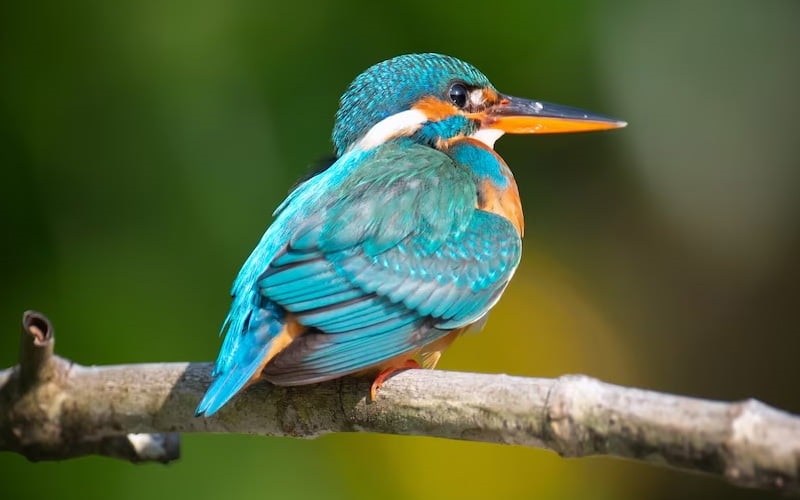
Both resident and migratory species thrive here, with iconic birds like the Great Hornbill, Indian Vulture, and Pied Kingfisher frequently spotted across the park’s diverse zones. During the winter months, from November to February, many migratory species from far-flung regions of Asia and Europe flock to Corbett, transforming it into a birdwatcher’s paradise. The Siberian Crane and the Bar-Headed Goose are some of the notable visitors during this time, adding a special allure for those interested in witnessing the awe-inspiring migratory journeys of these birds.
The influx of migratory birds also adds a unique dimension to the birdwatching experience in Corbett. For many species, the park serves as a crucial stopover during their long migratory routes, providing essential feeding and resting grounds. The wetlands and grasslands offer safe havens for a variety of waterfowl, such as Ducks, Storks, and Geese, giving birdwatchers the rare chance to observe these remarkable birds as they traverse continents.
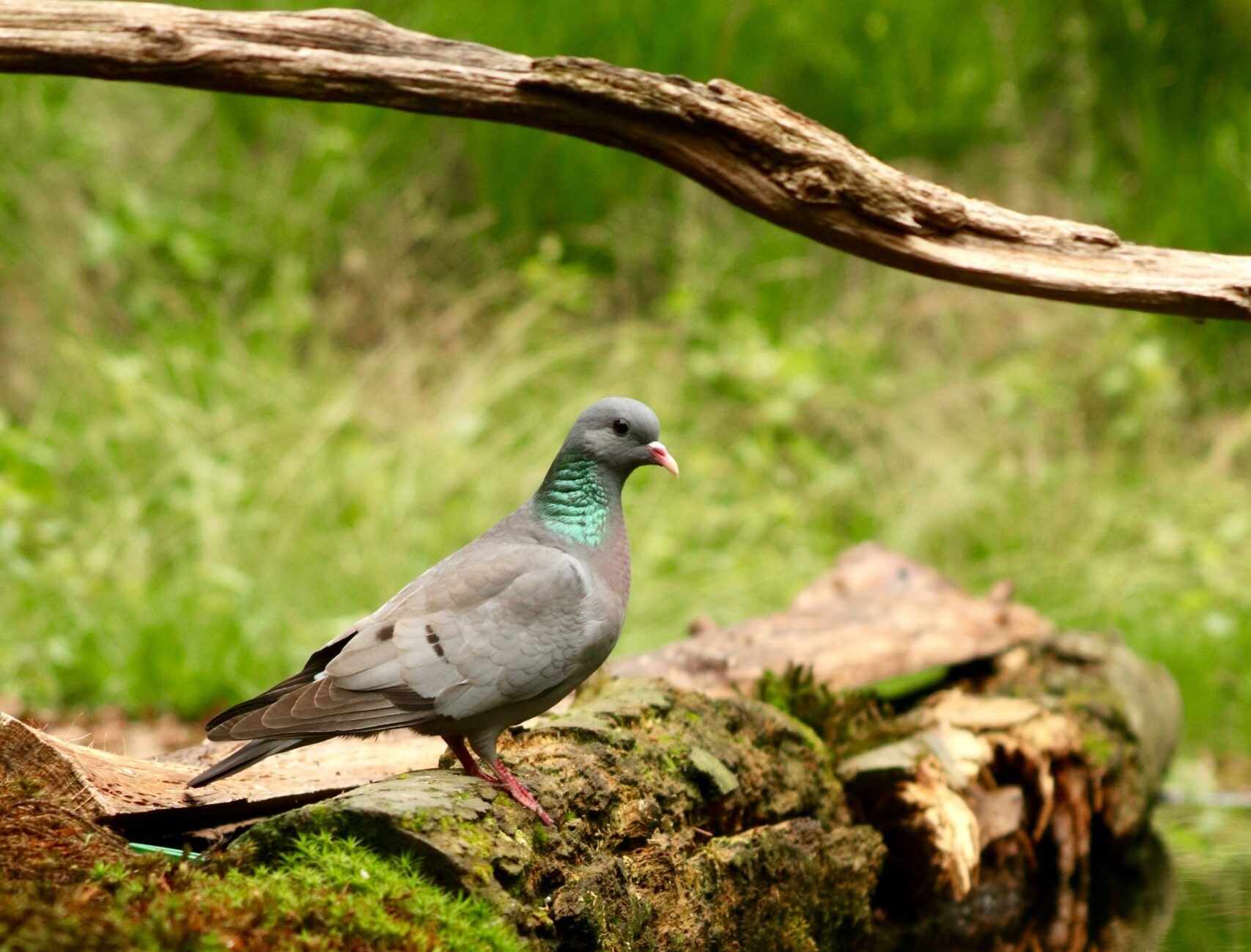
One of the key factors that make Corbett an attractive destination for birdwatching is its accessibility. Well-maintained roads, Cottages in Jim Corbett and multiple safari options make it easy for visitors to explore the park’s diverse zones and catch glimpses of its feathered residents.
The Dhikala Zone, often considered the heart of the park, is particularly famous for birdwatching. The vast grasslands here attract a wide range of raptors, including the Indian Vulture, while the nearby Ramganga River provides an excellent location for spotting waterfowl and other riverine species. Another great zone is Bijrani, which is characterized by dense forests and open grasslands. It is home to Woodpeckers, Pied Hornbills, and raptors like the Common Kestrel. The Kalagarh Dam and Kosalipur wetlands are also prime birding spots for waterfowl, with species such as Darters, Kingfishers, and Asian Openbill Storks frequenting these locations. Finally, the Garjiya Temple area, with its mix of forest and wetland, is perfect for spotting species like Mynas, Woodpeckers, and White-Rumped Vultures.
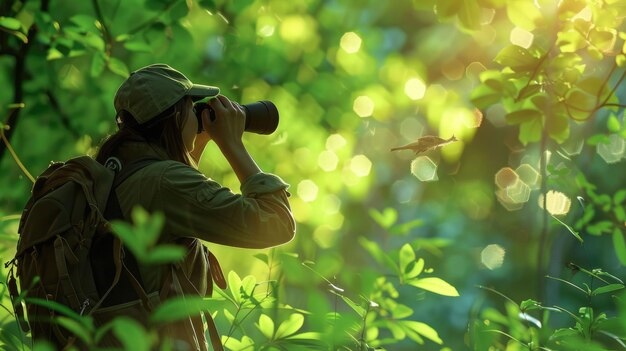
For avid birdwatchers, the best time to visit Corbett is during the winter months when migratory birds are at their peak, flocking to the park’s wetlands and grasslands. This period offers a spectacular opportunity to witness a wide variety of avian species, with many migratory birds arriving from as far as Siberia and Central Asia. However, birdwatching in Corbett is a year-round affair, and those who prefer to spot resident species may find the monsoon months (June to September) rewarding. The lush, verdant landscape during this time brings out different kinds of birds, making it an exciting season for bird enthusiasts to discover. Jim Corbett National Park stands out not just for its wildlife conservation efforts—protecting everything from tigers to elephants—but also for its thriving birdlife. By safeguarding the park’s natural habitats, Corbett has become a haven for both resident and migratory birds, allowing birdwatchers to experience the beauty and diversity of the bird species that call it home. Whether you’re a first-time visitor or a seasoned birding enthusiast, Corbett’s abundant birdlife will surely leave you with lasting memories and a deeper appreciation for the rich biodiversity of India’s natural heritage. So make your booking at the best places to stay in Jim Corbett and enjoy birdwatching.
Know More about Jim Corbett National Park & Traditional Food
Jim Corbett National Park
Villa In Jim Corbett
A Taste of Tradition
Why Corbett National Park is the Perfect Getaway
Comments (30)
LasMujeresPDFned
December 10, 2025 at 1:21 am
¿Te obsesionas con "arreglar" tu relación constantemente? https://lasmujeresqueamandemasiadopdf.cyou/ las mujeres que aman demasiado libro fisico
NathanDriva
December 8, 2025 at 7:09 am
На данном ресурсе представлено много ценной информации. Пользователи отмечают, что ресурс удобен для поиска информации. Информация поддерживается в актуальном состоянии, что делает сайт практичным для использования. Многие считают, что организация разделов хорошо продумана и позволяет быстро ориентироваться. Разнообразный контент делает ресурс интересным для широкой аудитории. Также отмечается, что материалы написаны профессионально и понятны даже новичкам. Сайт помогает получать новые сведения благодаря информативным материалам. Таким образом, этот ресурс можно назвать надёжным источником информации для любой аудитории. https://icolog.ru
Leave a Comment
Related Posts
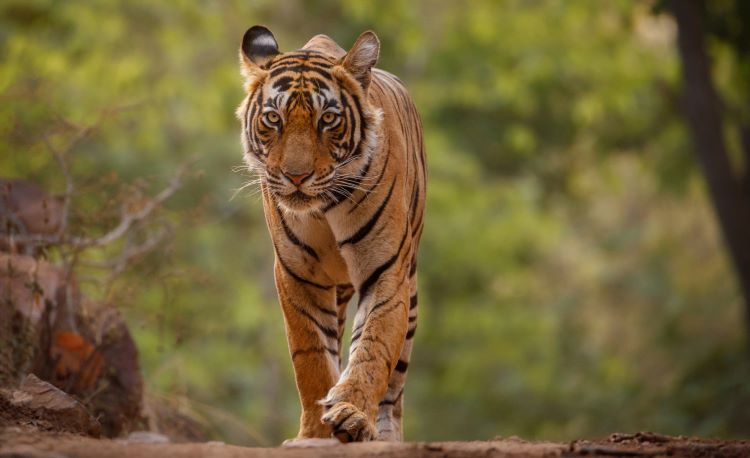
10 reasons to vacation at a luxury villa in Jim Corbett
Jim Corbett National Park is a national park located in the Nainital district of Uttarakhand state in India. Established in…
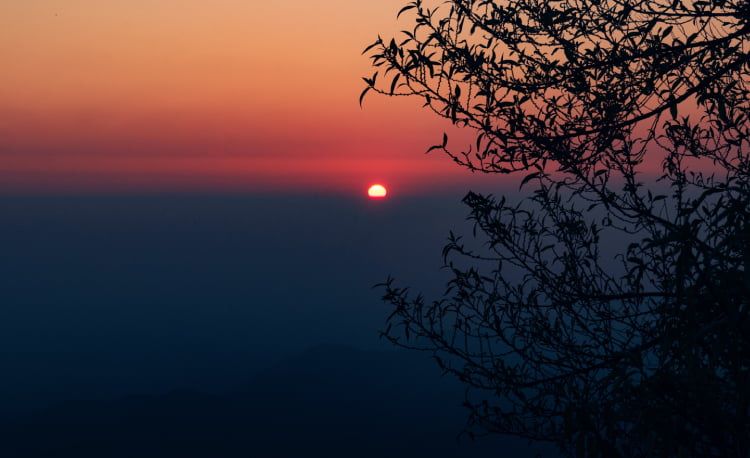
A Weekend In Corbett, Uttarakhand
Looking for a quick weekend getaway to escape the hustle and bustle of the city? Look no further than Corbett…
Subscribe to Our Newsletter
Be the first to know about exclusive offers,
latest news, and updates from Hriday Bhoomi.
How can I help you? 🙂